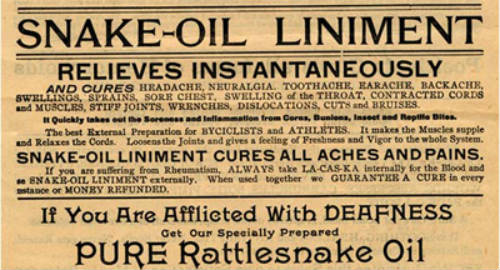
There has been a lot of hype lately about using Orange Oil to kill termites. You have probably heard the ads on the radio or seen the commercials on television. "No need to move out!" "All natural!" "Smells like oranges after we are done!" Well, I'd like to show some very important research that has been done regarding orange oil that will make you think twice about using the method that many inspectors call "The Snake Oil Treatment".
Firstly, we can start off with the claim that orange oil companies make, stating they can completely eradicate your home of termites using orange oil. This is a false and misleading statement. If any company makes this claim to you, send them out of your home immediately. Take a look at this report done by ABC News regarding various treatment options and the interview with a member of the Structural Pest Control Board of California:
"Companies that perform treatments and advertise them as whole-house treatments with orange oil would be in violation of rules and regulations of the state and they would be subject to disciplinary action," said Dennis Patzer, Structural Pest Control Board.
In an effort to demonstrate the effectiveness of orange oil, Dow Agro Sciences conducted a study comparing orage oil to Vikane gas. The conclusion of the study demonstrated that using XT-2000 orange oil eliminates only 81% of a termite colony.
After the discovery was made, Dow Agro Science published a pamphlet to help distinguish the differences between choosing Vikane gas treatment (tenting) and using Orange Oil (spot). Click the link below to see the pamphlet:

In an effort to demonstrate the effectiveness of orange oil, Dow Agro Sciences conducted a study comparing orage oil to Vikane gas. The conclusion of the study demonstrated that using XT-2000 orange oil eliminates only 81% of a termite colony.
After the discovery was made, Dow Agro Science published a pamphlet to help distinguish the differences between choosing Vikane gas treatment (tenting) and using Orange Oil (spot). Click the link below to see the pamphlet:
To make things simple, the Structural Pest Control Board released a fact sheet regarding exterminating termites. Click the link below to read the fact sheet.
Stay away from the "Snake Oil"... I mean Orange Oil salesmen. When you really want 100% control of the termites eating away at your home, business, or any other wooden structure, CONTACT ANTAC PEST CONTROL today! Call 877-ANTACMAN or 858-505-8080.


